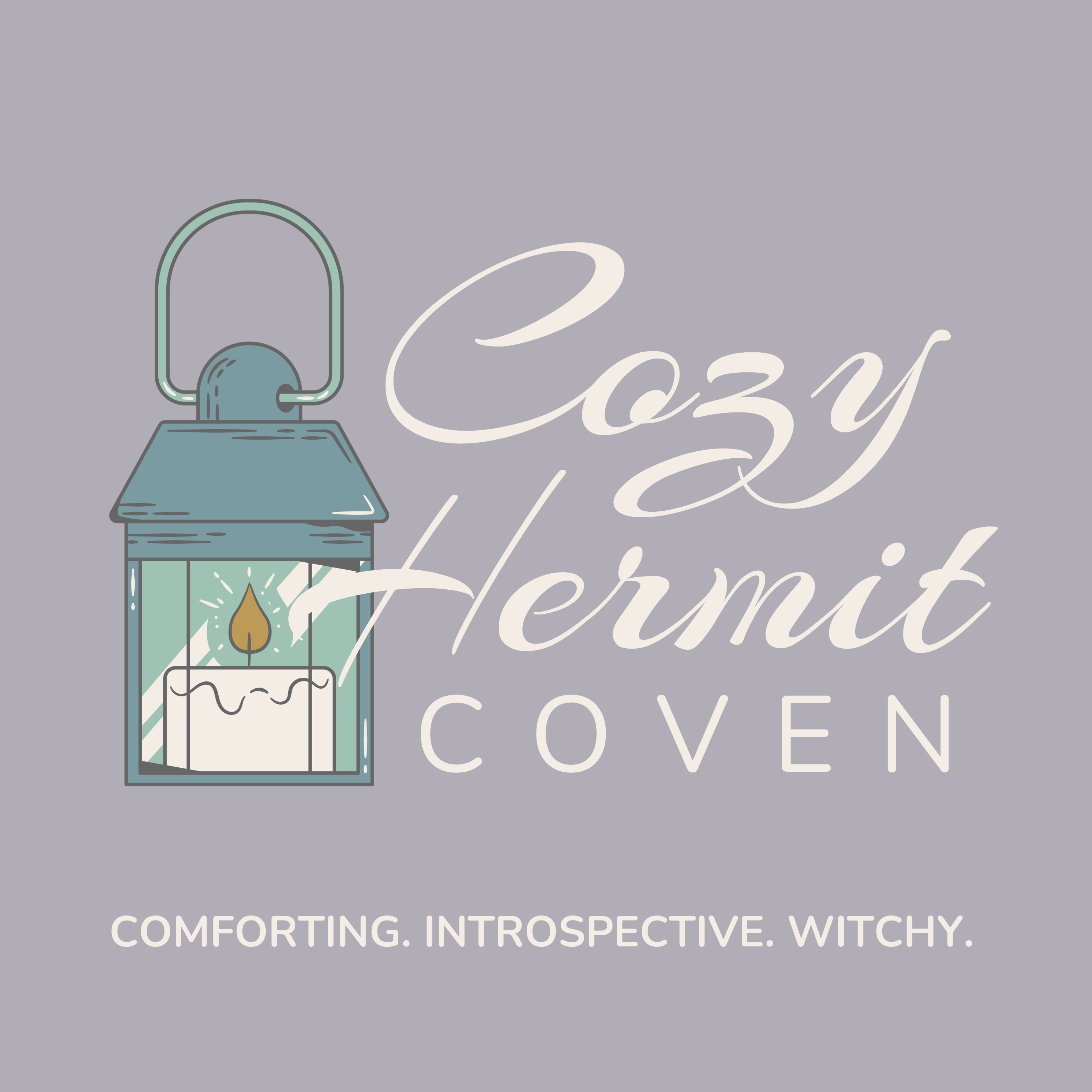The sun is setting on Mountain Practice Journeys and the moon is rising on Cozy Hermit Coven
I began Mountain Practice Journeys in 2017 and had the absolute best time helping therapists start, grow, and maintain their private practices. I also loved working with introverted and highly sensitive solopreneurs and helping them to create businesses that honored who they were at their core.
I look back with love and fondness for what I have created with Mountain Practice Journeys over the past 6 years and will remain forever grateful for the amazing and unforgettable experiences I have had with clients, but I have grown and morphed in ways that I could have never imagined. I began feeling a little stifled with the niche that I had created for myself. Where I’m being called is much more expansive and I needed a fresh start to grow more freely and intuitively. And from this Cozy Hermit Coven is born.
Cozy Hermit Coven is a comforting, introspective, and witchy place nestled in a bright and inviting forest cottage. Here we gather around the hearth to talk about all things cozy and mystical. Here you are invited to slow down and learn more about yourself, so that you can begin to connect with your intuition and the longings of your soul. And we can’t get to that cozy space without standing up to oppression along the way, so you can rest assured that the Cozy Hermit Coven is built on a foundation of collective liberation. So grab your cup of tea and settle in. Welcome to the Cozy Hermit Coven.
